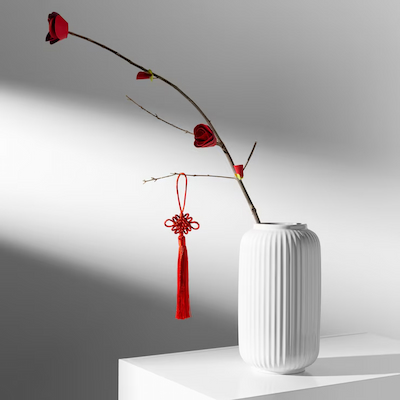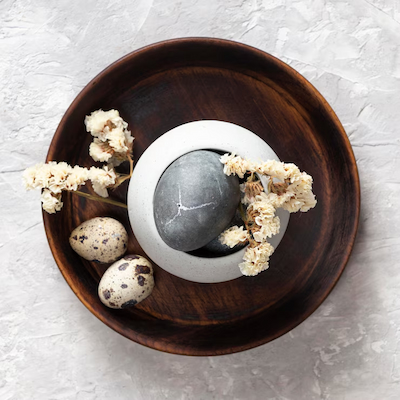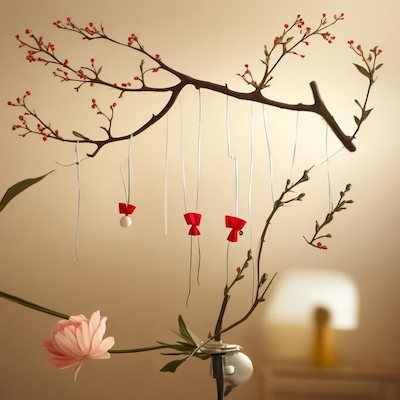
Haiku is a traditional form of Japanese poetry known for its simplicity and depth. With a specific structure of 17 syllables, divided into three lines of 5, 7, and 5 syllables, this poetic form seeks to capture fleeting moments from nature and daily life. Haiku is an artistic expression that reflects the Eastern philosophy of valuing the present moment, finding beauty in small things, and connecting with nature. Over the centuries, this form of poetry has spread beyond Japan’s borders, influencing poets around the world and adapting to different cultures.
The art of haiku is not limited to syllable counting; it also involves the careful selection of words and images that evoke emotions and reflections. Haiku poets aim to convey a sense of peace, serenity, and contemplation by using elements of nature as metaphors to express human feelings. This poetic form invites simplicity and introspection, allowing readers to connect with the essence of the moment described. In this article, we will explore how haiku works, the benefits of writing in this poetic form, and the steps to create your own haiku.
How Haiku Works in Minimalist Poetry
Haiku operates within a rigid structure but offers creative freedom that allows the poet to explore language in an innovative way. The syllable count is one of haiku’s most distinctive features, requiring the poet to condense their ideas into a limited space. This limitation, far from being an obstacle, becomes an opportunity for creativity to flourish. The poet must choose each word carefully, seeking maximum expressiveness in minimal space, resulting in poetry rich in meaning.
In addition to the syllabic structure, haiku often includes a “kigo,” a term that refers to a word or expression indicating the season of the year. This seasonal reference not only connects the poem to nature but also adds depth, allowing the reader to feel the passage of time and the impermanence of life. The “kigo” can evoke specific emotions and create an atmosphere that resonates with the human experience, reinforcing the idea that beauty is present in every season and every moment.
Another fundamental aspect of haiku is the use of vivid, concrete imagery. Rather than describing abstract feelings, haiku poets often portray scenes from nature, such as the sight of a flower, the sound of rain, or the glow of moonlight. These images make the poem more accessible and visual, enabling the reader to deeply connect with the described experience. Simplicity in word choice and clarity of imagery are essential to the effectiveness of haiku.
Finally, haiku is a form of poetry that encourages contemplation. When reading a haiku, the reader is invited to pause and reflect on what is being presented. The poem’s brevity, combined with the depth of its imagery and emotion, creates a space for introspection. This characteristic makes haiku a unique poetic art form, resonating with the Eastern philosophy of mindfulness and appreciation of the present moment.

Advantages of Writing Haiku in Eastern Art
Writing haiku offers a number of benefits that go beyond poetic practice. One of the main advantages is the development of the skill of synthesis. By expressing a deep idea or feeling in just 17 syllables, the poet is challenged to think critically about each chosen word. This practice enhances language skills and stimulates creativity and the ability to observe the world more attentively.
Another significant advantage of writing haiku is the connection with nature. This poetic form emphasizes the importance of natural elements and seasonal changes, encouraging the poet to engage with their surroundings. This connection enriches the poetic experience and promotes greater appreciation for the beauty of the natural world. By writing about nature, the poet becomes more aware of the nuances and details often overlooked in everyday life.
Additionally, the practice of writing haiku can serve as a form of meditation. The creative process requires mindfulness and focus, allowing the poet to disconnect from external distractions and concentrate on the present moment. This writing experience can be deeply therapeutic, providing a space for reflection and self-expression. Many poets find in haiku a way to process emotions, experiences, and thoughts, resulting in work that resonates with authenticity.
Lastly, haiku offers a way to share Japanese culture and tradition with the world. By writing haiku, poets not only preserve a historic art form but also contribute to its evolution and adaptation across different cultural contexts. This cultural exchange enriches poetic practice and allows new voices and perspectives to be heard, expanding the reach and relevance of haiku in contemporary times.
How to Create Haiku: Steps to Simplicity in Poetry
Creating haiku may seem challenging at first, but with a few simple steps, anyone can explore this rich and rewarding poetic form. Here are some guidelines to help you get started:
Choose a theme from nature: Haiku traditionally focuses on natural elements such as flowers, trees, animals, and weather phenomena. Selecting a theme that resonates with your experiences or observations can be a great starting point.
Use only 17 syllables: Remember the classic haiku structure, which consists of three lines with 5, 7, and 5 syllables. This limitation is fundamental to the essence of haiku, so count the syllables as you write.
Focus on vivid images: Rather than describing abstract feelings, focus on creating concrete images that evoke sensations and emotions. Think about how you can paint a scene with words that are clear and tangible.
Convey emotions with simplicity: Haiku is a form of minimalist poetry, so aim to express your emotions in a direct and clear manner. Avoid complications and let the words speak for themselves.
Respect Japanese tradition: Although haiku has evolved over time, it is important to honor its roots. Familiarize yourself with traditional elements such as the use of “kigo” and the aesthetic of “mono no aware,” which emphasizes the transience of life.
Revise and refine your haiku: Your first version may not be perfect. Revise your words, adjust the syllabic structure, and refine the imagery until the poem captures the essence of what you want to express.
Creating haiku is a practice that can be both challenging and rewarding. By following these steps, you can develop your poetic skills and explore the beauty of conciseness in poetry. Over time, you may find your own voice and style within this artistic form.

Did You Enjoy Learning About Haiku: The Art of Poetic Conciseness and Eastern Minimalism?
Haiku is a poetic form that invites us to appreciate the beauty of simplicity and the depth of small things. By exploring this art, you may discover a new world of expression and emotion that resonates with the human experience. The practice of haiku not only enriches your poetic life but also offers a way to connect with nature and yourself.
If you feel inspired to try writing haiku, don’t hesitate to begin. The beauty of this poetic form lies in its accessibility and the possibility for everyone to find their own voice. Dive into the universe of haiku and discover how poetic conciseness can transform your perception of the world around you.
Frequently Asked Questions
What is haiku?
Haiku is a short form of poetry. It has three lines and is very concise.
What is the structure of a haiku?
A haiku consists of 17 syllables. Typically, it follows this pattern: 5 syllables in the first line, 7 in the second, and 5 in the third.
How does haiku relate to Eastern minimalism?
Haiku reflects minimalism. It captures the essence of moments using few words.
Is haiku: the art of poetic conciseness and Eastern minimalism difficult to write?
No, it’s more about observation. It’s about noticing the beauty in small things.
Where can I find examples of haiku?
You can look in poetry books or online. Many people share their haiku on the internet.
Can haiku be written in languages other than Japanese?
Yes, haiku can be written in any language. While it originated in Japan, poets around the world have adapted haiku to their own languages and cultures, keeping the essence of simplicity, nature, and emotional depth.

